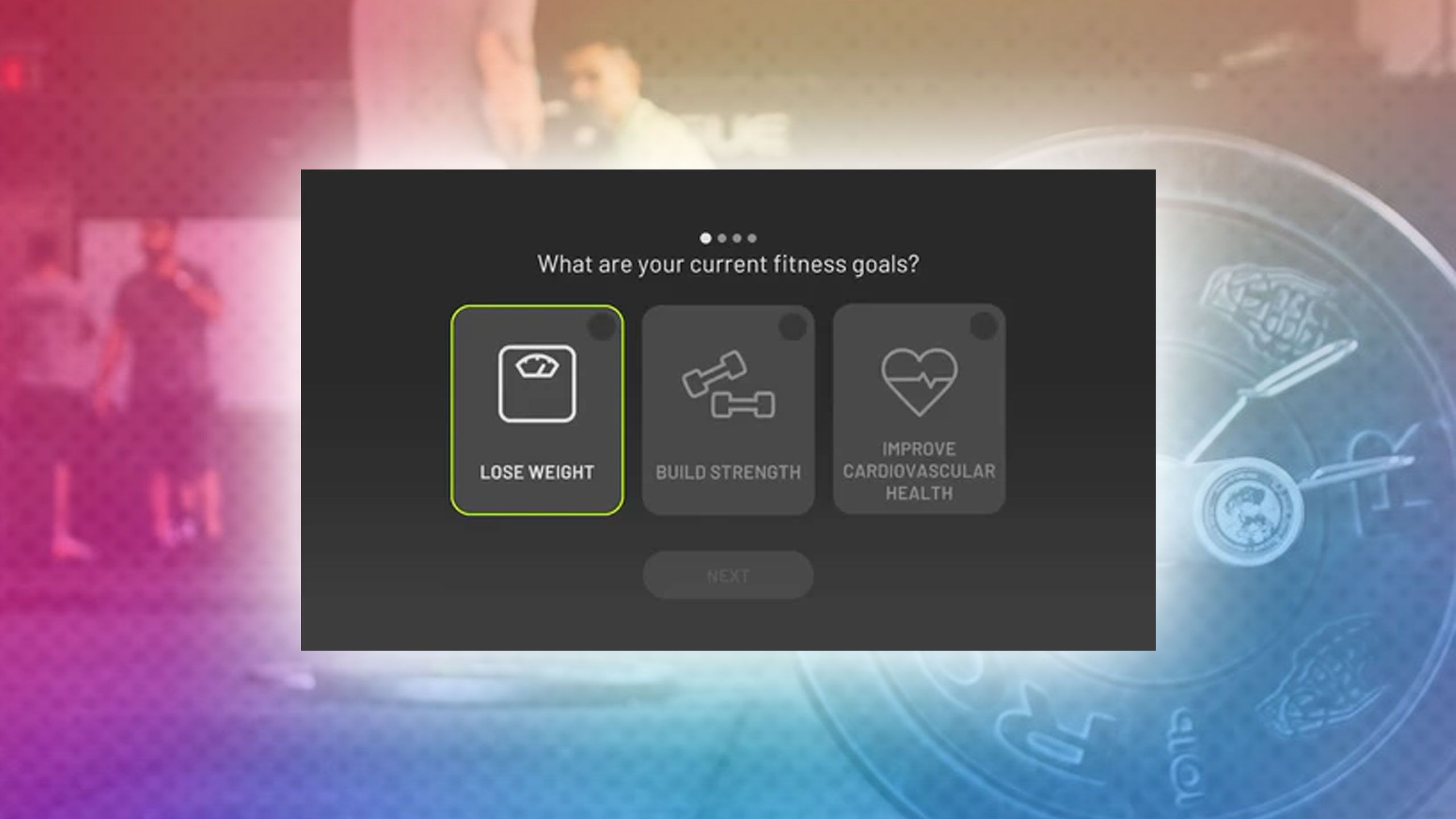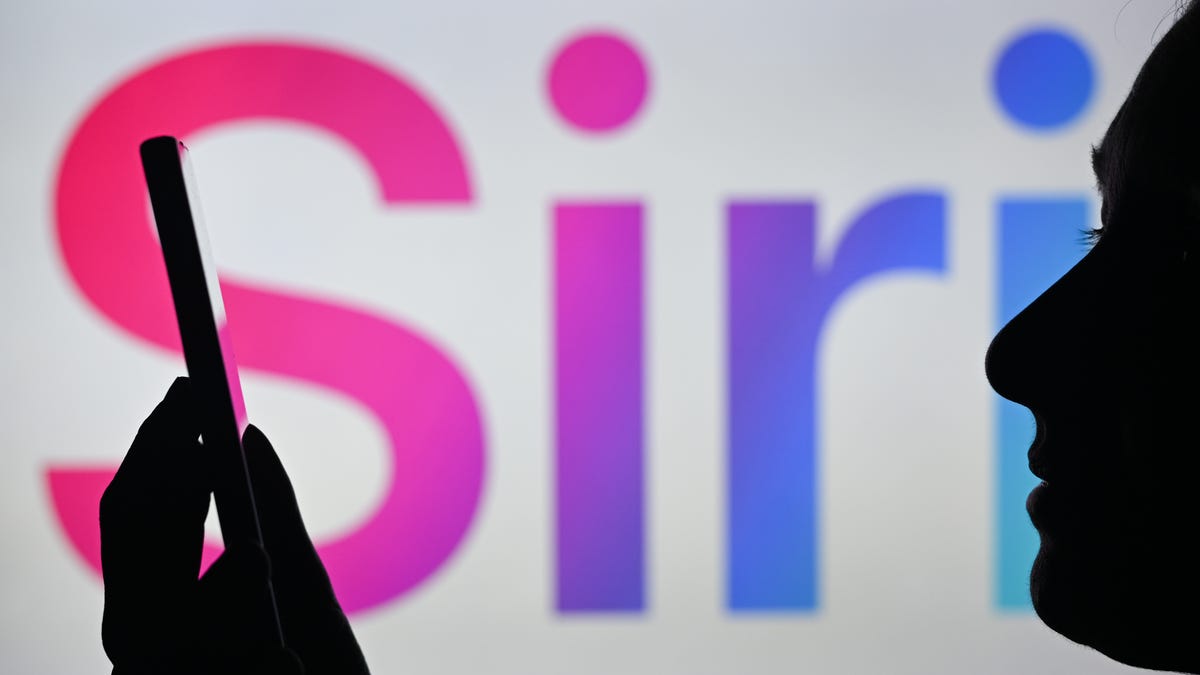Shopping
Social media heterogeneity and preventive behaviours during the COVID-19 outbreak: a survey on online shopping – BMC Public Health

Ludolph R, Schulz PJ, Chen L. Investigating the effects of mass media exposure on the uptake of preventive measures by Hong Kong residents during the 2015 MERS outbreak: the mediating role of interpersonal communication and the perception of concern. J Health Commun. 2018;23(1):1–8.
Rogers RW. Cognitive and physiological processes in fear appeals and attitude change: a revised theory of protection motivation. In: Cacioppo JT, Petty RE, editors. Social Psychophysiology: a Sourcebook. New York: Guilford Press; 1983.
Wei J, Bing B, Liang L. Estimating the diffusion models of crisis information in micro blog. J Inform. 2012;6:600–10.
Zhang Q, Yang J, Niu T, Wen K, Hong X, Wu Y, Wang M. Analysis of the evolving factors of social media users’ emotions and behaviors: a longitudinal study from China’s COVID-19 opening policy period. BMC Public Health. 2023;23:2230.
Burnasheva R, Suh YG. The influence of social media usage, self-image congruity and self-esteem on conspicuous online consumption among millennials. Asia Pac J Market Lo. 2021;33(5):1255–69.
Vong S, O’leary M, Feng Z. Early response to the emergence of influenza A(H7N9) virus in humans in China: the central role of prompt information sharing and public communication. Bull World Health Organ. 2014;92(4):303–8.
Ning L, Niu J, Bi X, Yang C, Liu Z, Wu Q, Ning N, Liang LB, Liu AS, Hao YH, Gao LJ, Liu CJ. The impacts of knowledge, risk perception, emotion and information on citizens’ protective behaviors during the outbreak of COVID-19: a cross-sectional study in China. BMC Public Health. 2020;20:1751.
Zhang X, Du L, Huang Y, Luo X, Wang F. COVID-19 information seeking and individuals’ protective behaviors: examining the role of information sources and information content. BMC Public Health. 2024;24:316.
Shropshire J, Warkentin M, Sharma S. Personality, attitudes, and intentions: predicting initial adoption of information security behavior. Comput Secur. 2015;49(3):177–91.
Xue H, Jin SS, Wu QR, Geng XH. How did consumers’ self-protective behavior formed during the COVID-19 pandemic? Front Psychol. 2023;14:1075211.
Liu H, Wang L, Koehler MJ. Exploring the intention-behavior gap in the technology acceptance model: a mixed-methods study in the context of foreign-language teaching in China. Brit J Educ Technol. 2019;50(5):2536–56.
Troise C, O’Driscoll A, Tani M, Prisco A. Online food delivery services and behavioural intention-a test of an integrated TAM and TPB framework. Brit Food J. 2020;123(2):664–83.
Kim NL, Im H. Do liberals want curbside pickup more than conservatives? Contactless shopping as protectionary action against the COVID-19 pandemic. Int J Consum Stud. 2022;46:589–600.
Chang HH, Meyerhoefer CD. COVID-19 and the demand for online food purchase services: empirical evidence from Taiwan. Am J Agr Econ. 2020;103:448–65.
National bureau of statistics of China. vailable online:
http://www.stats.gov.cn/tjsj/zxfb/202005/t20200515_1745631.html. Accessed 30 June 2020.
Davis FD. Perceived usefulness, perceived ease-of-use, and user acceptance of information technology. Mis Quart. 1989;13(3):319–40.
Taherdoost H. A review of technology acceptance and adoption models and theories. Procedia Manuf. 2018;22:960–7.
Wang L, Wang Z, Wang X, Zhao Y. Explaining consumer implementation intentions in mobile shopping with SEM and fsQCAs: Roles of visual and technical perceptions. Electron Commer Res Appl. 2021;3:101080.
Wu JJ, Song SG. Older adults’ online shopping continuance intentions: applying the technology acceptance model and the theory of planned behavior. Int J Hum-Comput Int. 2021;37(10):938–48.
Brewer P, Sebby AG. The effect of online restaurant menus on consumers’ purchase intentions during the COVID-19 pandemic. Int J Hosp Manag. 2021;94:102777.
Hong CM, Choi H, Choi EK, Joung HW. Factors affecting customer intention to use online food delivery services before and during the COVID-19 pandemic. Int J Hosp Manag. 2021;48:509–18.
Wu J, Du H. Toward a better understanding of behavioral intention and system usage constructs. Eur J Inform Syst. 2012;21(6):680–98.
Driediger F, Bhatiasevi V. Online grocery shopping in Thailand: Consumer acceptance and usage behavior. J Retail Consum Serv. 2019;48(5):224–37.
You Z, Zhan W, Zhang F. Online information acquisition affects food risk prevention behaviours: the roles of topic concern, information credibility and risk perception. BMC Public Health. 2023;23:1899.
Zhang X, Huang Y, Du L, Wang FL. Exploring the impact of motivations on individual online and offline preventive actions against COVID-19. Curr Psychol. 2023. https://doi.org/10.1007/s12144-023-04283-z.
Heydari ST, Zarei L, Sadati AK. N, Akbari M, Mehralian G, Lankarani KB. The effect of risk communication on preventive and protective Behaviours during the COVID-19 outbreak: mediating role of risk perception. BMC Public Health. 2021;21:54.
Liu L, Chang A, Liu M, Ye J, Jiao W, Ao S, Hu W, Xu K, Zhao X. Effect of information encountering on healthy eating-mediated through body comparison and moderated by body mass index or body satisfaction. BMC Public Health. 2023;23(1):254.
Srensen K, Broucke SVD, Fullam J, Doyle G, Pelikan J, Slonska Z, Brand H. Health literacy and public health: a systematic review and integration of definitions and models. BMC Public Health. 2012;12(1):1–13.
Kim H, Hong H. Predicting information behaviors in the COVID-19 pandemic: integrating the role of emotions and subjective norms into the situational theory of problem solving (STOPS) framework. Health Commun. 2021;37(13):1640–9.
Tang ZY, Miller AS, Zhou ZY, Warkentin M. Does government social media promote users’ information security behavior towards COVID-19 scams? Cultivation effects and protective motivations. Gov Inform Q. 2021;38(2):101572.
Qazi A, Qazi J, Naseer K, et al. Analyzing situational awareness through public opinion to predict adoption of social distancing amid pandemic COVID-19. J Med Virol. 2020;92(7):849–55.
Liu M, Xue J, Liu Y. The mechanism leads to successful clickbait promotion in WeChat social media platforms. Asia Pac J Market Lo. 2021;33(9):1952–73.
Trumbo CW, Mccomas KA. The function of credibility in information processing for risk perception. Risk Anal. 2003;23:343–53.
Gladwin CH, Gladwin H, Peacock WG. Modeling hurricane evacuation decisions with ethnographic methods. Int J Mass Emerg Disast. 2001;19:117–43.
Li PP, Zhong FQ, Zhou QR. Communication mechanisms and implications of the COVID-19 risk event in Chinese online communities. Front Public Health. 2022;10:809144.
Toshkov D, Carroll B, Yesilkagit K. Government capacity, societal trust or party preferences: what accounts for the variety of national policy responses to the COVID-19 pandemic in Europe? J Eur Public Policy. 2021;29(7):1009–28.
Pedrosa AL, Bitencourt L, Fróes ACF, Cazumbá MLB, Campos RGB, Brito SBCS, Simões SAC. Emotional, behavioral, and psychological impact of the COVID-19 pandemic. Front Psychol. 2020;11:566212.
Depoux A, Martin S, Karafillakis E, Preet R, Wilder-Smith A, Larson H. The pandemic of social media panic travels faster than the COVID-19 outbreak. J Travel Med. 2020;27:taaa031.
Xue J, Liu M. Investigating the live streaming sales from the perspective of the ecosystem: the structures, processes, and value flow. Asia Pac J Market Lo. 2023;35(5):1157–86.
Rodrigues LF, Oliveira A, Costa CJ. Does ease-of-use contribute to the perception of enjoyment? A case of gamification in e-banking. Comput Hum Behav. 2016;61:114–26.
Oh SS, Kim K, Kim M, Oh J, Chu SH, Choi J. Measurement of digital literacy among older adults: systematic review. J Med Internet Res. 2021;23(2):e26145.
Soh PY, Heng HB, Selvachandran G, et al. Perception, acceptance and willingness of older adults in Malaysia towards online shopping: a study using the UTAUT and IRT models. J Ambient Intell Human Comput. 2020. https://doi.org/10.1007/s12652-020-01718-4.
Lian JW, Yen DC. Online shopping drivers and barriers for older adults: age and gender differences. Comput Hum Behav. 2014;37:133–43.
Li J, Hallsworth AG, Coca-Stefaniak JA. Changing grocery shopping behaviours among Chinese consumers at the outset of the COVID-19 outbreak. Tijdschr Econ Soc Ge. 2020;111(3):574–83.
Erjavec J, Manfreda A. Online shopping adoption during COVID-19 and social isolation: Extending the UTAUT model with herd behavior. J Retail Consum Serv. 2022;65(3):102867.
Liu Y, Liu M, Pérez A, Chan W, Collado J, Mo Z. The importance of knowledge and trust for ethical fashion consumption. Asia Pac J Market Lo. 2021;33(5):1175–94.
De Backer C, Teunissen L, Cuykx I, Decorte P, Pabian S, Gerritsen S, Matthys C, Al Sabbah H, Van Royen K. The Corona Cooking Survey Study Group An Evaluation of the COVID-19 Pandemic and Perceived Social Distancing Policies in Relation to Planning, Selecting, and Preparing Healthy Meals: an Observational Study in 38 Countries Worldwide. Front Nutr. 2021;7:621726.
Hao N, Wang HH, Zhou Q. The impact of online grocery shopping on stockpile behavior in Covid-19. China Agric Econ Rev. 2020;12:459–70.
Tran LTT. Managing the effectiveness of e-commerce platforms in a pandemic. J Retail Consum Serv. 2021;58:102287.
Triandis HC. Values, attitudes, and interpersonal behavior. Nebr Symp Motiv. 1980;27:195–259.
Li JB, Zhang R, Wang LX, Dou K. Chinese public’s panic buying at the beginning of COVID-19 outbreak: the contribution of perceived risk, social media use, and connection with close others. Curr Psychol. 2022;41:8157–66.
Granderath JS, Sondermann C, Martin A, Merkt M. Actual and perceived knowledge about COVID-19: the role of information behavior in media. Front Psychol. 2021;12:778886.
Pennycook G, Mcphetres J, Zhang Y, Lu JG, Rand DG. Fighting COVID-19 misinformation on social media: experimental evidence for a scalable accuracy-nudge intervention. Psychol Sci. 2020;31(7):770–80.
Zhang L, Chen H, Li K. Effective risk communication for public health emergency: reflection on the COVID-19 (2019-nCoV) outbreak in Wuhan. China Healthcare. 2020;8:64–77.
Atuheirwe M, Otim R, Male KJ, Ahimbisibwe S, Sackey JD, Sande OJ. Misinformation, knowledge and COVID-19 vaccine acceptance: a cross-sectional study among health care workers and the general population in Kampala. Uganda BMC Public Health. 2024;24:203.
Lee J, Choi Y. Informed public against false rumor in the social media era: focusing on social media dependency. Telemat Inform. 2018;35(5):1071–81.








